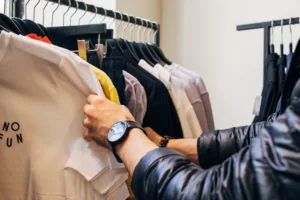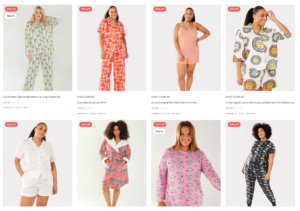Consumers want to see more post-purchase photos and videos from other customers online to reduce the likelihood of them returning products, according to research commissioned by commerce experience platform Nosto and conducted by Censuswide.
The survey of 2,019 US and UK consumers found that 61% of people believe that retailers can reduce rising ecommerce product return rates by showing them examples of other shoppers wearing clothes, so they can see how items look on ‘real’ people, rather than just models. Moreover, 59% feel that virtual try-on technology will also help to reduce returns.
“Polished, studio imagery has been the default way to show clothes off on ecommerce stores. But supplementing this with customers’ own imagery gives shoppers a more accurate reflection of how products are worn in everyday situations, and by ‘everyday people’ who also own the items,” said Damien Mahoney, Chief Strategy Officer at Nosto.
“That’s why fashion retailers are leveraging customers’ visual UGC on their websites, such as the post-purchase selfies they encourage customers to share on Instagram. The savviest retailers are also encouraging their customers to comment on the likes of products’ fit or share their measurements within captions, so others can make comparisons that better inform purchase decisions and therefore lessen returns.”
The growth of the ecommerce space has seen return rates increase over the past few years, with consumers no longer trying items out in-store before buying. In the US, average online return rates increased to 20.8% last year, growing from 18.1% in 2020.
This return rate is causing retailers to lose out on revenue, as they’re having to increase delivery and warehouse spend to deal with the volume of goods heading back to them. As a result, some retailers – including the likes of Boohoo, Zara, Next, and Uniqlo – have started charging their customers for returns.
However, the financial dent being caused by returns isn’t the only problem. Rising return rates also negatively impact the environment. Because of the extra financial and logistical demands surrounding returned items, a large number of returned clothes ends up being sent to landfill rather than resold.
Nosto’s survey, importantly, found that 49% of consumers agree that returns are bad for the environment on the basis that returns waste fuel, packaging, and other resources, compared to 17% who disagree. And 49% agree that charging customers for returns will make them think more carefully about what they intend to do with an item before placing an order.











